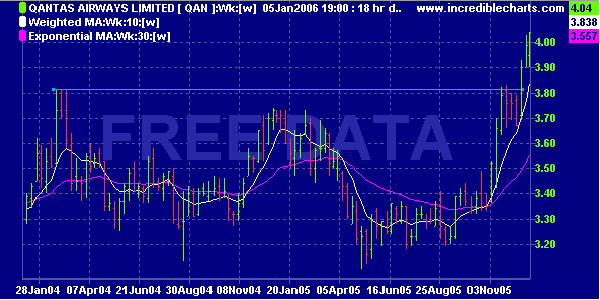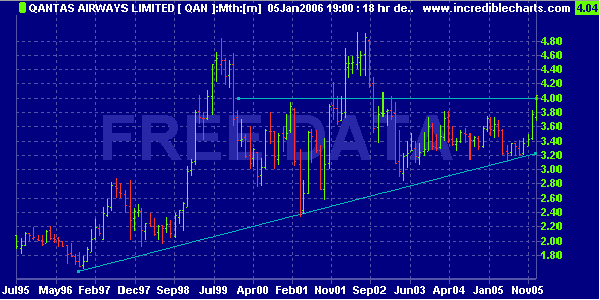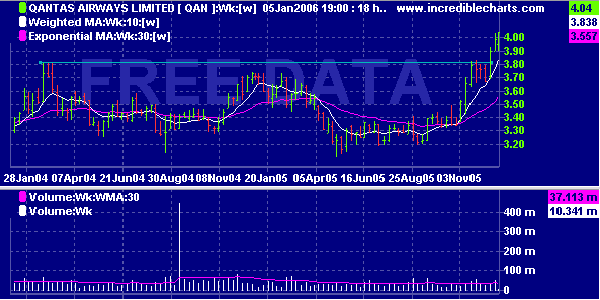In life, you have to learn to walk before you can run. In the stock market, you have to learn to lose before you can truly win.
Sure, your first trade may be a winner, but to consistently make money in the stock market you have to learn how to lose. More to the point, you have to learn how to cut your losses.
The majority of people who dabble in the stock market see themselves as smart, educated and sharp. Self-belief is great. The most successful people in the world have a strong belief in themselves. Some of the most unsuccessful people in the world also have a strong belief in themselves. So what’s the difference between the successful and the unsuccessful?
One major difference between successful traders and unsuccessful traders is the ability to admit when one is wrong. A successful trader will cut their losses before they get out of hand. An unsuccessful trader will let their losses grow in the false belief (hope) that things will pick up.
It would be nice if every stock pick was a winner, but when you get the odd loser you better make sure you cut that baby lose before you lose some big dollars.
The Stop-Loss
Before you even consider entering a trade, you should determine your stop-loss point. Your stop-loss point should be set at a price that you’re willing to sell your stock at should things turn bad. The price you pick will vary depending on your financial position and the particular stock being considered.
You may want to set a stop-loss exactly 8% under your purchase price, or you may want to set it just below some clear resistance in a chart (if the stock falls below the resistance level, you can be fairly sure things will continue South for a while). The most important thing is to test your system. If you set your stop-loss too close, you’ll never be in the game when the stock turns good. If you set your stop-loss too far away, you’ll end up losing too much money.
Remember, the main aim is to make a profit across your entire portfolio. Imagine you owned $1000 worth of 5 different stock. You set a stop loss at 10% current market value; so if the value of a single stock drops to $900 you’ll sell at that price. Even if you are wrong with 3 of the 5 picks (a $300 loss), you only need to make 15% on the remaining 2 stocks to break even. What if those remaining 2 stocks made 50% (which is very realistic if you pick your entry right).. You’d actually profit $700 across your entire portfolio despite the fact 60% of what you picked were duds! 
Starting with 5 positions worth $1000 each: $5000
3 losing stocks lose 10% each: -$300
2 winning stocks make 50% each: +$1000
Total = $5700
Modern trading systems have completely automated stop-loss systems. This makes it so easy to set stop-losses that you have no excuses for losing big in a single trade anymore! In fact, you’re mad if you don’t take advantage of stop-losses. The only trick is setting them wisely. You’ll learn how to plan and time your entry and exit points on this site over the next few months.
Until then, good luck and keep on learning..

![]()




